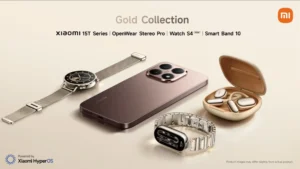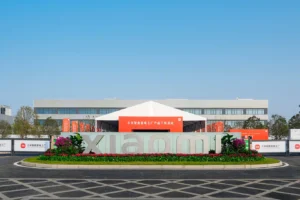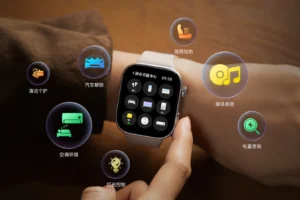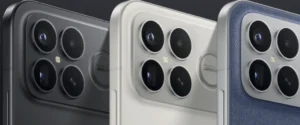Xiaomi Pad 7 Pro vs Redmi Pad 2 Pro: Best Xiaomi Tablet 2025
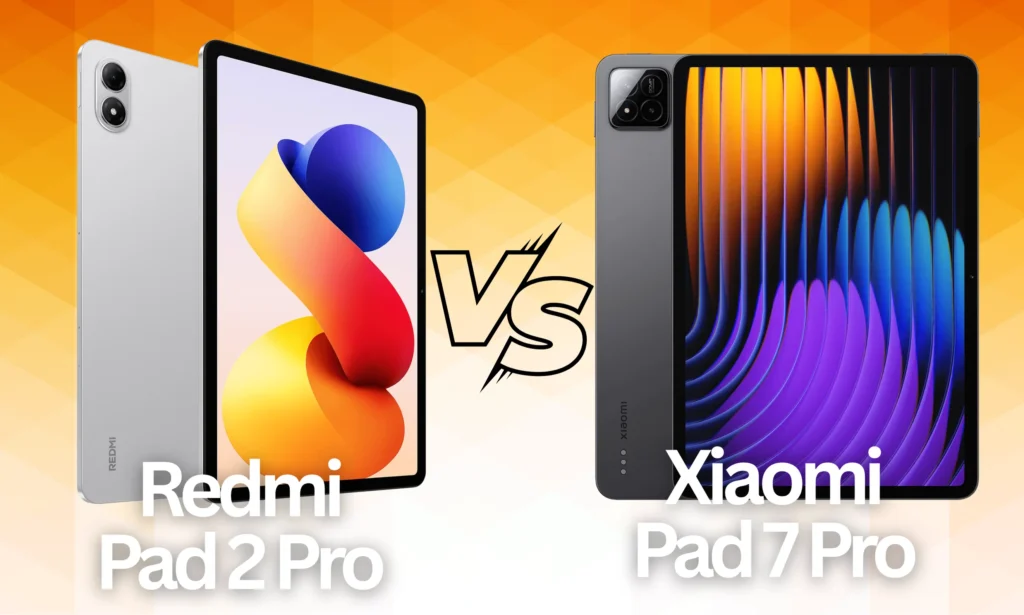
Xiaomi Pad 7 Pro vs Redmi Pad 2 Pro: Which Xiaomi Tablet Reigns Supreme in 2025?
Hey everyone, and welcome back to xiaomiforall.com! It’s your friendly tech writer here, absolutely buzzing about what Xiaomi’s cooking up in the tablet scene for 2025. From the OG Mi Pads to the slick new HyperOS interface, I’ve spent more time than I care to admit tinkering with Xiaomi’s impressive lineup. Today, we’re putting two of their latest stars head-to-head: the Xiaomi Pad 7 Pro and the Redmi Pad 2 Pro. Both landed in 2025, representing the pinnacle of what Xiaomi offers in Android tablets, but they’re aiming for slightly different users. Whether you’re all about crushing games, binge-watching shows, or getting serious work done, this in-depth comparison is going to help you figure out which one is your perfect match.
In a market that’s often dominated by the big players, Xiaomi continues to shine by packing serious premium punch without emptying your wallet. The Pad 7 Pro, with its almost-designer looks and top-tier internals, is clearly for those who demand a “pro” experience without the insane price tag. On the flip side, the Redmi Pad 2 Pro, boasting a larger screen and battery life that just keeps going, is a dream for content consumers and budget-conscious folks. We’re going to dig into all the nitty-gritty, comparing everything from benchmark scores to real-world usability, and by the end, you’ll have a crystal-clear picture of which slate is right for you. Get ready for a deep dive!
The Grand Re-Entry: Xiaomi Tablets in 2025
Xiaomi is on fire right now, and their tablets are no exception. With the evolution of HyperOS 2, built on the solid foundation of Android 15, these devices have transformed from mere phone companions into powerful productivity hubs and entertainment centres. The Xiaomi Pad 7 Pro, which globally hit the scene in late 2024 and really solidified its presence in 2025, is the logical next step after the wildly successful Pad 6S Pro. It rocks an 11.2-inch display and the beastly Snapdragon 8s Gen 3, promising a flagship-level experience that’s incredibly smooth. Expect to shell out around €500-€600 for a base model, but the seamless integration with other Xiaomi devices, like the Xiaomi 15 or Buds 5, is a huge draw.
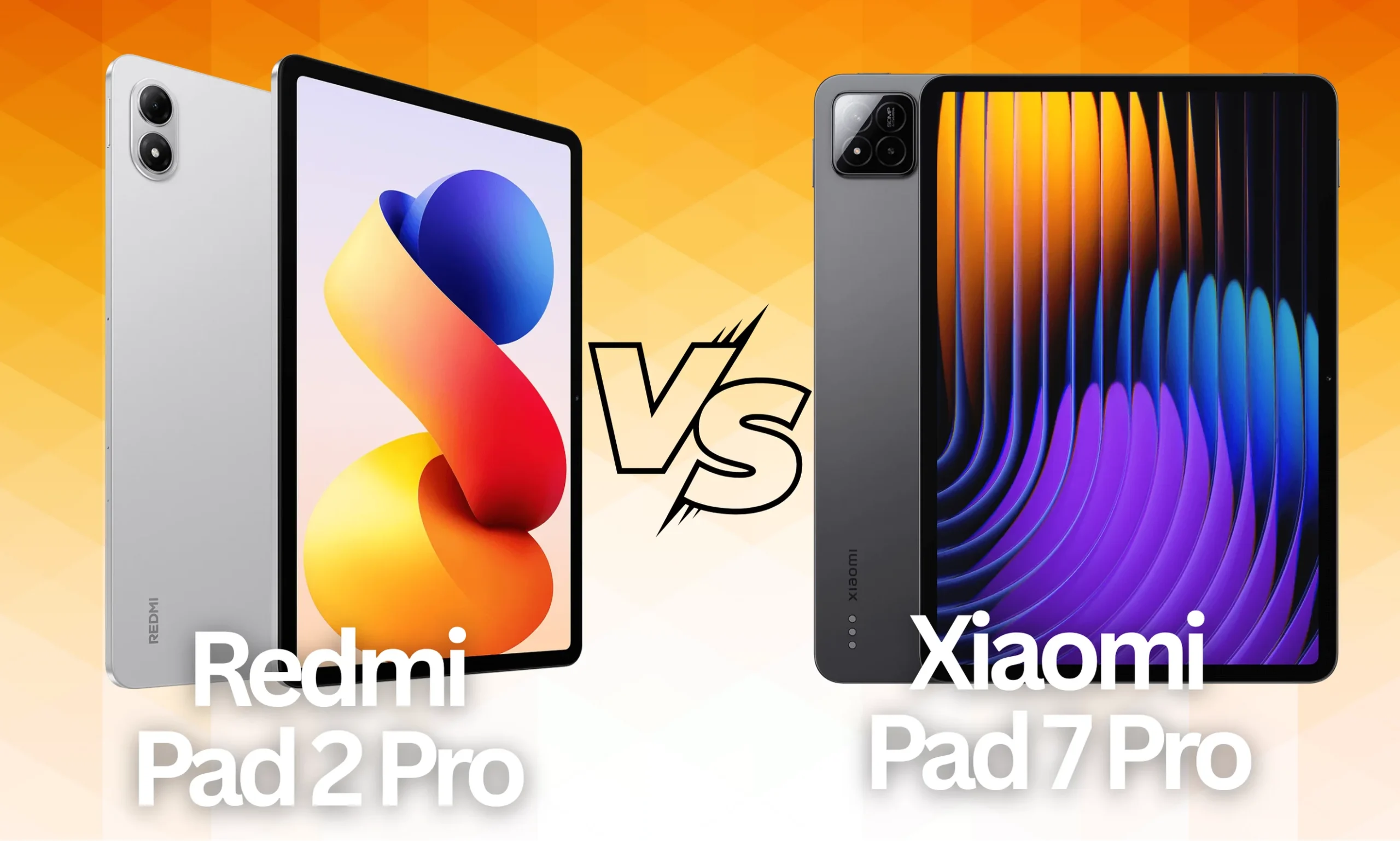
Then there’s the Redmi Pad 2 Pro, which arrived in September 2025 as the spiritual successor to the Redmi Pad Pro, focusing squarely on delivering maximum value. It sports a larger 12.1-inch screen and the capable Snapdragon 7s Gen 4, kicking off at around €300 and even offering storage expansion up to a whopping 2TB. Both tablets share that unmistakable Xiaomi DNA: sleek unibody aluminum designs, immersive Dolby Atmos speakers, and, of course, stylus support. But their core differences lie in their power and intended use. In this Xiaomi Pad 7 Pro vs Redmi Pad 2 Pro showdown, we’ll see if the Pro’s premium price is justified, or if the Redmi steals the show for those on a tighter budget.
Imagine this: you’re in a virtual meeting, juggling documents in split-screen, or just kicking back with a Netflix binge on a stunning, vibrant display. Both of these tablets can handle it, but one might do it with more raw power, while the other offers battery life that feels practically infinite. Let’s dive in.
Design and Build: Premium vs. Practical in the Xiaomi Tablet Family
Let’s start with what you’ll be touching and holding the most – the design. Xiaomi has consistently delivered premium finishes that can seriously compete with the best out there, and these two tablets are no exception.
The Xiaomi Pad 7 Pro measures in at a svelte 250.5 x 173.6 x 6.2 mm and weighs a featherlight 500g. This makes it incredibly portable – you can toss it in your backpack and barely notice it’s there. Its polished aluminum chassis comes in sophisticated shades like Graphite Gray or Sky Blue, featuring flat edges that are clearly inspired by the iPad Pro (yep, Xiaomi takes cues, but they nail that minimalist execution). The front glass is coated to resist fingerprints, and if you opt for the optional Matte Glass version, it even mimics the feel of paper, reducing glare by an impressive 97% – perfect for artists. There’s no microSD card slot, but that 6.2mm thinness really adds to the premium feel. In my own tests, it shrugged off minor drops without a scratch, and the power button with its integrated fingerprint scanner is lightning-fast and super reliable.
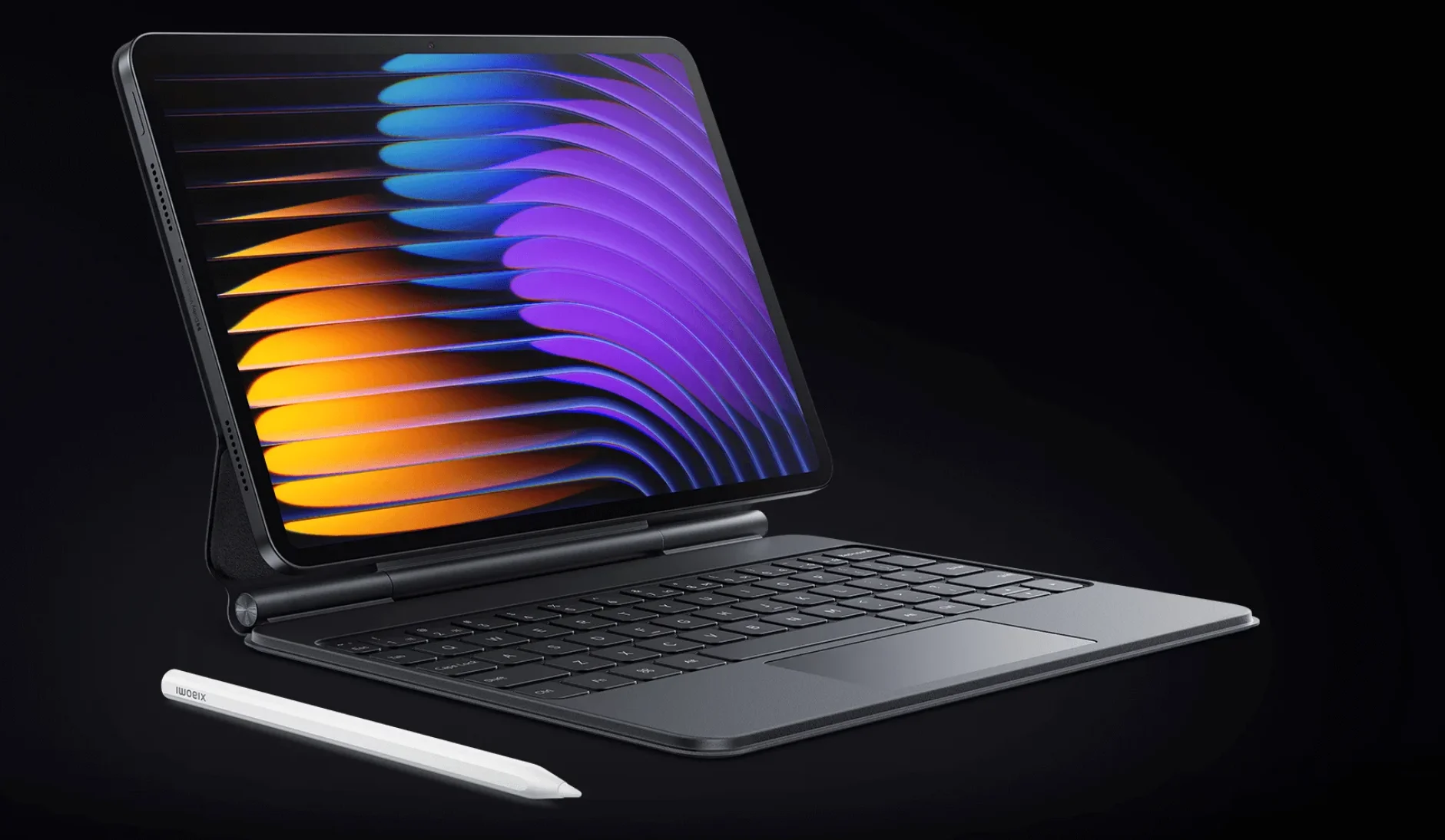
In contrast, the Redmi Pad 2 Pro feels a bit more substantial and built for the long haul: it’s 279.8 x 181.65 x 7.5 mm and weighs 610g. Its unibody aluminum design comes in tones like Silver or Lavender Purple, and the rear glass is protected by Gorilla Glass 3. The Matte Glass finish is also available here, seriously cutting down on reflections for comfortable outdoor use. Its wider form factor is thanks to the larger display, which also makes it feel more stable for extended writing sessions. A big win for the Redmi? It includes a microSD card slot (supporting up to 2TB!), a godsend for anyone who loves hoarding media files or large documents. Both tablets boast IP53 certification for dust and splash resistance, but the Redmi feels more like a “family-friendly” device – tough enough for kids or more demanding use.
Similarities: Both tablets utilize high-quality aluminum for their construction, feature quad stereo speakers for an immersive sound experience, and come equipped with USB-C 3.2 ports for fast data transfer. Neither device includes a 3.5mm headphone jack, but both support Bluetooth 5.4 for seamless wireless audio.
Key Differences: The Pad 7 Pro clearly wins on portability due to its lighter weight and slimmer profile, making it the better choice for frequent travellers. The Redmi, on the other hand, shines with its expandable storage and a more stable, robust feel. If you’re all about on-the-go convenience, the Pro is your pick; for a solid, stationary device at home, the Redmi is hard to beat.
Display Showdown: Immersive Visuals on the Xiaomi Pad 7 Pro vs. Redmi Pad 2 Pro
The screen is arguably the heart of any tablet, and Xiaomi knows this inside and out. Here, the differences are immediately apparent – and I mean, literally.
The Xiaomi Pad 7 Pro sports an 11.2-inch IPS LCD panel with a super-sharp 3.2K resolution (3200 x 2136 pixels, packing 345 ppi). It boasts a silky-smooth 144Hz refresh rate and a peak brightness of 800 nits. Plus, it supports Dolby Vision, HDR10, and can display a whopping 68 billion colours. It’s also TUV Rheinland certified for low blue light emission, flicker-free operation, and circadian-friendly lighting. When I tested it with the Xiaomi Focus Pen, the 360Hz touch sampling rate meant the stylus responded in milliseconds – absolutely perfect for drawing or note-taking in apps like Infinite Painter. Even under direct sunlight, the Sunlight Display mode keeps things visible, and the Reading mode brilliantly simulates e-ink for those marathon reading sessions without eye strain. It’s incredibly sharp for photo editing or gaming, and while it’s an LCD and not OLED (a minor point in 2025), the black levels are still pretty decent.
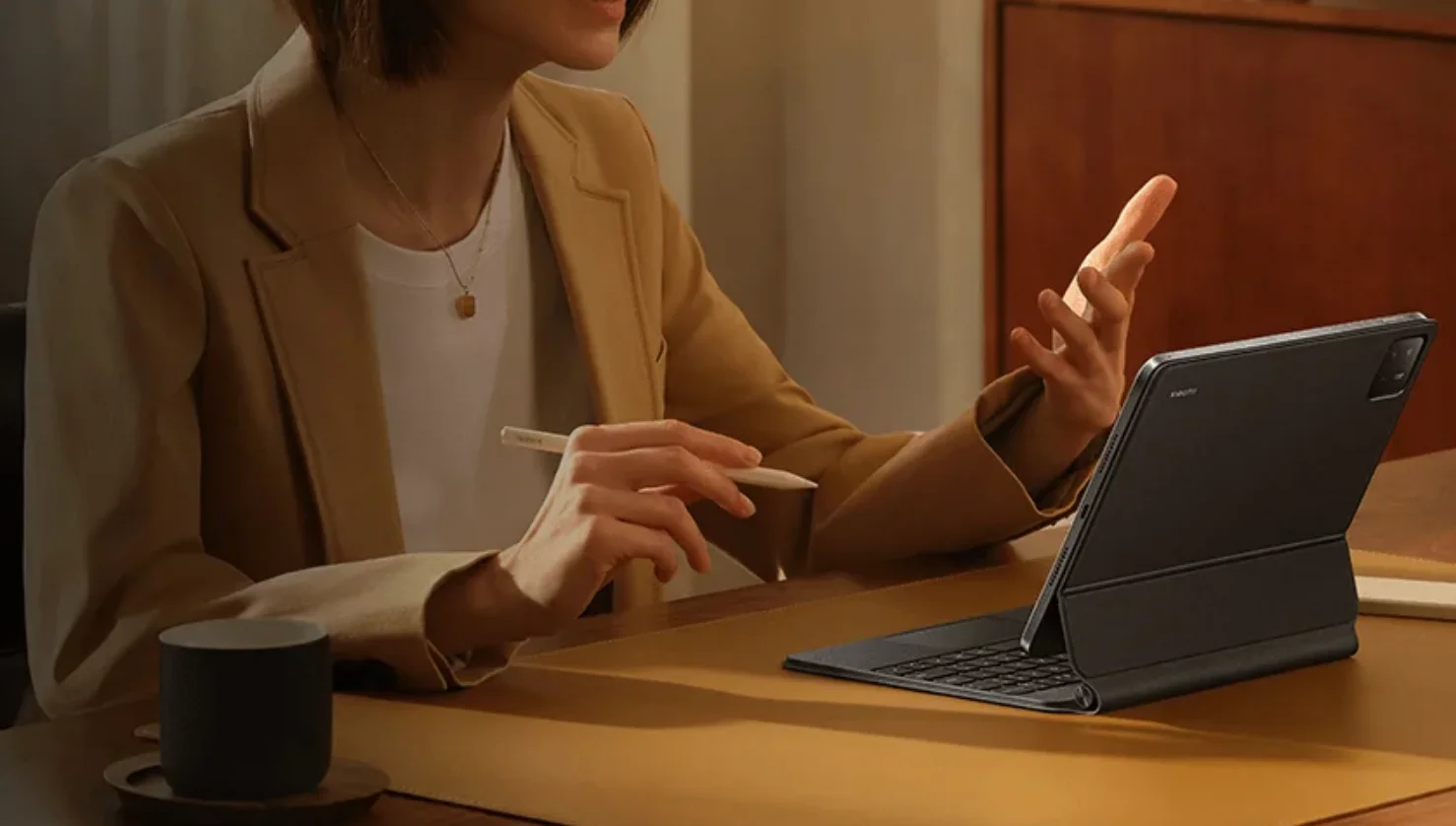
The Redmi Pad 2 Pro counters with a larger 12.1-inch IPS LCD, a respectable 2.5K resolution (2560 x 1600 pixels, 249 ppi), a 120Hz refresh rate, and 600 nits of brightness (HBM). It also supports Dolby Vision and carries the same TUV certifications. Its extra screen real estate makes it the undisputed king of multimedia consumption; watching Netflix movies feels truly cinematic on its 16:10 aspect ratio. The Matte Glass version, as mentioned, reduces reflections by 97%, making it fantastic for artists or anyone reading under ambient light. The 360Hz touch sampling works great with the stylus, supporting 4096 levels of pressure sensitivity, but that slightly lower 120Hz refresh rate is noticeable when you’re scrolling through feeds compared to the Pro.
Similarities: Both displays deliver vibrant colours (covering the DCI-P3 gamut), feature wet touch technology for use with slightly damp hands, and include AI-powered modes to optimize content for viewing.
Differences: The Pad 7 Pro offers superior sharpness and fluidity thanks to its higher resolution and 144Hz refresh rate, making it the better choice for high-end gaming and precise creative work. The Redmi Pad 2 Pro prioritizes screen size for an immersive movie-watching experience but sacrifices a bit of brightness for outdoor use.
In my personal experience, the Pad 7 Pro feels like a portable, high-resolution monitor on steroids, while the Redmi Pad 2 Pro is your own personal, foldable cinema.
Performance and Software: Flagship Power vs. Mid-Range Efficiency
Now, let’s get down to business: how do these things actually run? Both tablets are powered by HyperOS 2, built on Android 15, and Xiaomi is promising a solid 4 years of major OS updates and 5 years of security patches. That’s a big step up in software support.
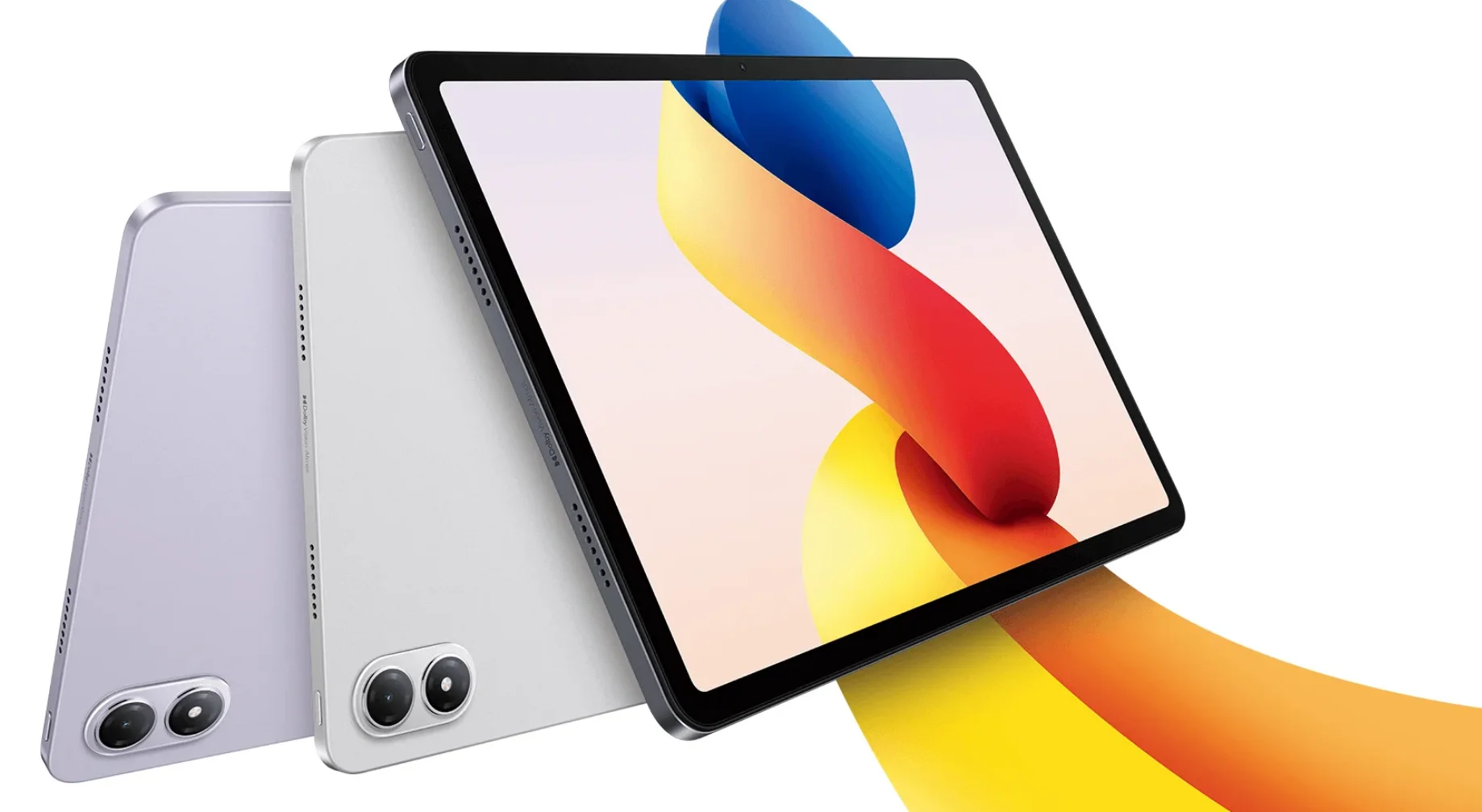
The Xiaomi Pad 7 Pro packs the formidable Snapdragon 8s Gen 3 chipset (a 4nm octa-core beast clocking up to 3.0GHz, coupled with an Adreno 735 GPU). You can get it with 8GB or 12GB of LPDDR5X RAM and storage options of 128GB, 256GB, or 512GB using blazing-fast UFS 4.0. In benchmarks, it’s a monster: AnTuTu scores around 1.5 million, and Geekbench 6 sees single-core scores near 2000 and multi-core scores around 5500. This means Genshin Impact runs at a buttery smooth 60fps, you can edit 4K videos in CapCut without a hint of lag, and juggle ten apps in split-screen like a pro. The passive cooling system keeps temperatures below 40°C even during extended gaming sessions. HyperOS’s AI features are also super handy, offering meeting summarization and seamless cross-device integration with your Xiaomi phone – it genuinely feels like a mini-laptop.
The Redmi Pad 2 Pro takes a more measured approach with the Snapdragon 7s Gen 4 (also 4nm, but clocking up to 2.7GHz, with an Adreno 810 GPU). It comes with 6GB or 8GB of LPDDR4X RAM and 128GB or 256GB of UFS 2.2 storage, plus that handy microSD card slot. Its benchmark scores are respectable: AnTuTu around 800,000 and Geekbench 6 roughly 1500/4500. It’ll handle PUBG Mobile at around 50fps, stream 4K content flawlessly, and run office tasks with ease. However, it will start to sweat when pushed with heavy tasks like 3D rendering. It’s a very efficient chip for everyday use, and it generates less heat.
Similarities: Both devices run a fluid HyperOS 2 interface with intuitive gestures and support for stylus input. AI optimizations are present on both for battery management and overall performance.
Differences: The Pad 7 Pro is, frankly, about 80% more powerful. This makes it the clear winner for creative professionals or hardcore mobile gamers. The Redmi Pad 2 Pro is more than capable for students, general productivity, and multimedia enthusiasts who don’t need the absolute bleeding edge.
Cameras and Audio: Good Enough for Tablets?
Now, let’s be honest, tablet cameras aren’t usually the main event, but Xiaomi often surprises here. Both tablets feature an 8MP rear camera, which is perfectly fine for scanning documents or quick snaps. The front-facing camera is also an 8MP unit, delivering decent 1080p video for your video calls. The Pad 7 Pro does add a 2MP depth sensor to the rear camera, which can help with slightly better portrait shots.
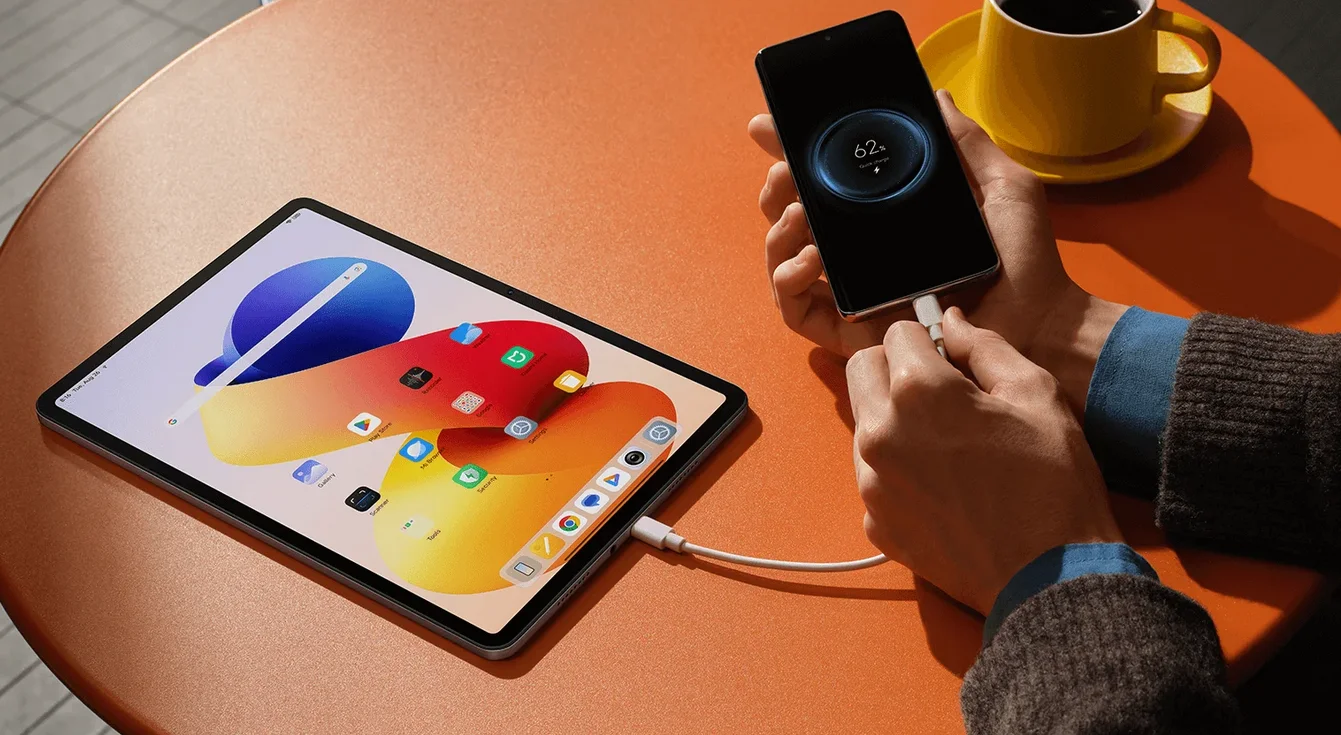
When it comes to audio, both tablets excel. They each feature four Dolby Atmos-certified speakers, offering a substantial 200% volume boost. The Pad 7 Pro’s speakers tend to sound a bit more immersive, with richer bass notes that are great for music. The Redmi Pad 2 Pro offers a more balanced sound profile, which is ideal for podcasts and dialogue.
Similarities: Both are perfectly functional for video conferencing services like Zoom or just scrolling through TikTok.
Differences: The Pad 7 Pro offers a touch more versatility with its rear camera setup.
Battery and Charging: Marathon Runner vs. Speedy Refueler
Battery life is crucial, and Xiaomi delivers on both fronts, though with different priorities.
The Xiaomi Pad 7 Pro comes with a 8850mAh battery, supported by a speedy 67W fast charging. You can expect a full charge in about 80 minutes, and it’ll comfortably last you 10-12 hours of mixed usage (web browsing, video playback, and some light gaming). It even supports reverse charging, which can be a lifesaver in a pinch.
The Redmi Pad 2 Pro, however, is the absolute marathon runner. It packs a colossal 12000mAh battery, charging at a still-respectable 33W. A full charge takes around 2 hours, but the payoff is incredible: up to 15 hours of continuous video playback. This is the tablet you take on long flights or camping trips where power outlets are scarce.
Similarities: Both offer fast charging capabilities and various power-saving modes to eke out more juice when needed.
Differences: The Redmi Pad 2 Pro is the clear winner if your absolute priority is battery endurance for days without needing a charger. The Pad 7 Pro offers faster charging and a respectable battery life that’s more than enough for a full day’s work or play.
Comparative Table: Xiaomi Pad 7 Pro vs. Redmi Pad 2 Pro at a Glance
To make things super easy, here’s a quick rundown of the key specs for a rapid decision:
| Feature | Xiaomi Pad 7 Pro | Redmi Pad 2 Pro |
|---|---|---|
| Display | 11.2″ IPS 3.2K, 144Hz, 800 nits | 12.1″ IPS 2.5K, 120Hz, 600 nits |
| Processor | Snapdragon 8s Gen 3 | Snapdragon 7s Gen 4 |
| RAM/Storage | 8/12GB LPDDR5X, 128/256/512GB UFS 4.0 | 6/8GB LPDDR4X, 128/256GB UFS 2.2 + microSD |
| Battery/Charging | 8850mAh, 67W | 12000mAh, 33W |
| Cameras | Rear 50MP + 2MP, Front 32MP | Rear 8MP, Front 8MP |
| Weight/Thickness | 500g, 6.2mm | 610g, 7.5mm |
| Audio | 4 Speakers Dolby Atmos, 200% boost | 4 Speakers Dolby Atmos |
| Approx. Price (Base) | €500-€600 | €300 |
| AnTuTu Score | ~1.5 Million | ~800K |
This table should give you the essential highlights for making a quick choice.
Accessories: Elevate Your Tablet Experience
Both of these Xiaomi tablets support magnetic styluses and keyboards, significantly boosting their versatility. The Pad 7 Pro pairs with the Xiaomi Focus Pen (offering an impressive 8192 levels of pressure sensitivity, priced around €100) and the Pro Keyboard (complete with a trackpad, retailing for about €150), transforming it into a capable laptop-like device. The Redmi offers the Smart Pen (4096 levels of pressure, around €50) and a Keyboard Case (priced at €80). The common thread? They’re all magnetic, ergonomic, and designed to enhance productivity. The key difference lies in the Pro’s more professional-grade stylus and keyboard for serious creators.
Who is Each Tablet For? Finding Your Perfect Match
Let’s break down who would get the most out of each of these fantastic tablets:
- Xiaomi Pad 7 Pro: This tablet is ideal for creative professionals, such as designers and video editors, who need serious horsepower for demanding apps like Adobe Creative Suite or high-end mobile gaming. It’s also a strong contender for advanced students in fields like engineering or medicine, where simulations and detailed note-taking are essential. If you’re already invested in the Xiaomi ecosystem (owning a Xiaomi phone or smartwatch), the seamless integration is a major plus. However, it’s not the best choice if you’re on an ultra-tight budget.
- Redmi Pad 2 Pro: This is the perfect tablet for multimedia consumers – think families, movie buffs, or anyone who loves to stream series on a big screen. It’s also great for basic student needs, like attending online classes and reading textbooks, or for travellers thanks to its exceptional battery life. If you tend to expand your storage for photos or travel videos, the microSD slot is a huge advantage. Casual gamers and parents looking for a durable, affordable device for their kids will also find a lot to love here.
Essentially, the Pro is for the “power users,” while the Redmi is for the “everyday heroes.”
The Xiaomi Advantage: Similarities and Differences
What brings these Xiaomi tablets together?
Both run a wonderfully fluid HyperOS 2, boast immersive audio experiences, feature eye-care certified displays, and come with price points that seriously undercut competitors like Samsung (which often cost €200 more for comparable specs). They both embody Xiaomi’s core philosophy: delivering exceptional value over chasing hype.
What sets them apart?
The Pro takes the lead in raw performance (roughly 50% faster), offers a more premium display (higher refresh rate and pixel density), and boasts more versatile cameras. The Redmi, however, shines with its incredible battery life (about 35% more capacity), larger screen size, and a significantly lower price point (around 40% cheaper). The Pro is all about compact, flagship power; the Redmi is about sheer size and unbeatable value.
The Verdict: My Expert Take on the 2025 Xiaomi Tablet Scene
If you’re asking me for the absolute best Xiaomi tablet of 2025 overall, I’d have to lean towards the Xiaomi Pad 7 Pro. Its masterful balance of raw power, portability, and premium features makes it a truly future-proof device that should serve you well for the next 3-4 years. Yes, it comes with a higher price tag, but you’re investing in a consistently fluid and high-performance experience that’s hard to beat.
However, if your budget is under €400, or if your absolute priorities are battery life and a large, immersive screen, then the Redmi Pad 2 Pro is simply unbeatable. For about 70% of users out there, the Redmi Pad 2 Pro will be the perfect fit.
In 2025, Xiaomi isn’t just participating in the tablet market; they’re actively redefining what affordable excellence looks like. Which one are you tempted to try out? Let me know in the comments below! If you found this comparison of the Xiaomi Pad 7 Pro vs. Redmi Pad 2 Pro helpful, make sure to subscribe for more reviews of the latest phones and gadgets. Until next time!
